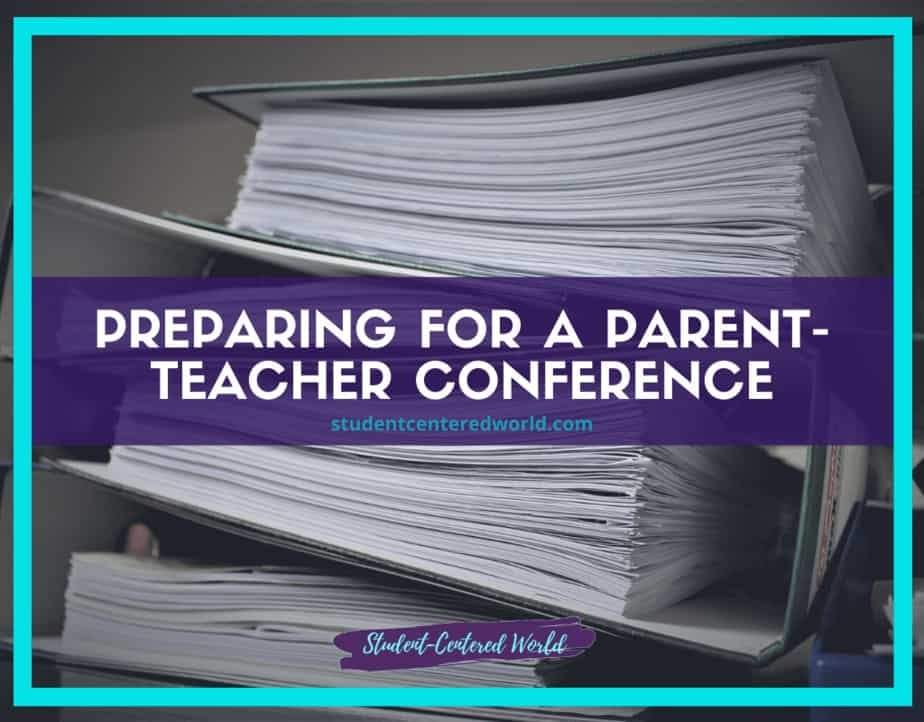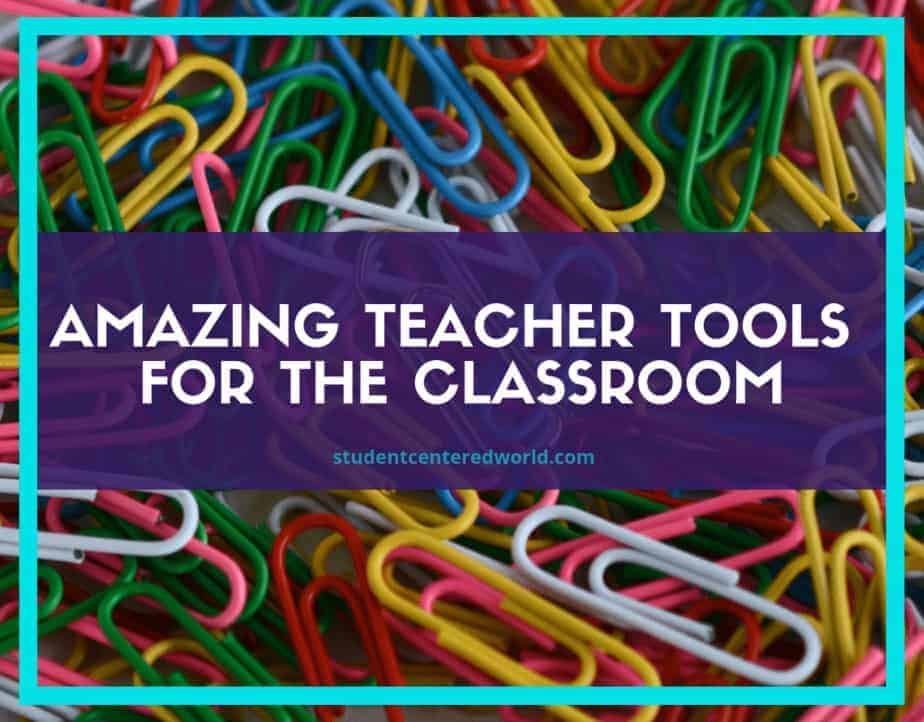What is Student Apathy and Why is it a Problem?
As we delve into the challenges of modern education across the United States, a critical issue comes to the forefront: the growing apathy among students toward their academic success and overall learning experience. This pervasive lack of motivation is a major problem not just for high school students but for college students as well, reflecting a broader crisis within public education systems. But to understand how to overcome it, we must first answer the question, “What IS student apathy?”
I did an extensive amount of research on why our students are so apathetic currently, and the results are mind-blowing. However, once we understand where it comes from, we need to move towards understanding how to move past it.
The Core Challenges
Apathetic students often exhibit minimal interest in school work, viewing homework assignments and classroom activities as burdens rather than growth opportunities. This disinterest is exacerbated by distractions such as electronic devices and video games, which compete with academic tasks for a student’s attention. Moreover, the shift to remote learning during COVID restrictions has further diluted the traditional school culture, making it harder for students to engage with the educational content and build meaningful social interactions.
This disengagement is particularly troubling as it often leads to a decline in academic performance and hampers the development of essential life skills such as time management and critical thinking. The challenge is not only in capturing the student’s attention but in maintaining it in a way that promotes a genuine interest in their education. Additionally, the lack of personal interaction in a virtual setting has made it difficult for educators to establish a rapport and offer personalized support that could rekindle a student’s interest in their studies. Without these crucial connections, students can easily feel disconnected and unmotivated, seeing their education as a series of tasks rather than a meaningful journey.
Impact on Mental and Physical Health
The lack of engagement has significant repercussions on both mental and physical health. Students struggling with motivation often experience increased stress levels, which can manifest in higher blood pressure and other health issues. Mental health suffers as well, as students feel isolated from the supportive learning environment that schools are meant to provide.

Furthermore, this ongoing disconnection can stifle the development of social skills and exacerbate feelings of loneliness, particularly among older students who may rely more heavily on the social aspects of school systems for emotional support. The reduced opportunities for face-to-face interactions and participation in extracurricular activities due to remote learning setups not only affect academic success but also impair the overall well-being of students.
Establishing a more engaging and interactive learning experience is crucial in addressing these holistic health concerns and fostering a school culture that promotes both academic and personal growth.
What is Student Apathy and its Root Causes
Several factors contribute to this growing disinterest as I discuss in my article here. Moreover, the rapid pace of current events and technological advancements often makes traditional curricula seem outdated, failing to capture the unique perspectives and interests of today’s generation of students. This disconnect not only hinders intrinsic motivation but also leaves many students questioning the practical value of their education.
To reverse this trend, educational methods must evolve to incorporate more dynamic and relevant content that aligns with both the professional development aspirations and the personal passions of students, making the pursuit of academic success both meaningful and engaging.
Understanding the Roots of Student Apathy in Modern Education
To address this, school systems must reconsider their approach to creating a classroom environment that fosters active learning and critical thinking. At a minimum, it’s essential to move beyond traditional lecture-based methods and integrate strategies that promote engagement through problem-solving and project-based learning. These methods encourage students to see the value in their education by connecting academic concepts to real-world applications, thereby reigniting their interest and participation in the learning process.
Furthermore, building relationships between educators and students plays a vital role in transforming the educational experience. A supportive learning environment where students feel seen and understood can significantly enhance their engagement. Schools should invest in professional development for teachers that equip them with the skills to create these meaningful connections. Additionally, incorporating extracurricular activities that align with students’ interests can help integrate a sense of community and belonging, which is crucial for motivating students to take an active role in their education.
Effective Strategies for Re-Engagement
To combat student apathy, schools need to foster a classroom environment that promotes active learning and critical thinking. Providing students with more control over their own education and integrating current events and extracurricular activities can reignite a student’s interest. Moreover, developing a school year curriculum that includes practical, real-world applications and building relationships between teachers and students play a vital role in revitalizing the learning experience.
Additionally, schools should enrich the school year with a curriculum that transcends traditional academic boundaries to include practical, real-world applications. For instance, math lessons could involve managing a budget, while science classes could tackle projects that address environmental issues in the community. This practical approach not only enhances the relevance of academic subjects but also prepares students for real-life challenges.
Building strong relationships between teachers and students is crucial in creating a supportive and engaging learning environment. Educators should be trained to develop these relationships, recognizing the unique perspectives and backgrounds of each student to tailor their educational approach accordingly.
Furthermore, incorporating extracurricular activities that align with students’ interests can significantly boost engagement by connecting classroom learning with enjoyable and meaningful experiences. These activities provide alternative avenues for students to explore their passions and talents, which can lead to increased motivation and academic success.
Professional Development and Supportive Measures
Schools must invest in professional development to equip educators with effective strategies for engaging older and middle school students in a virtual setting. Additionally, employing social workers to address the underlying social and emotional barriers can create a safe space for struggling students.
Investing in professional development is essential for equipping educators with the tools they need to successfully engage older and middle school students, especially in a virtual setting. Professional development programs should focus on innovative teaching techniques that leverage technology to foster interaction and participation online.
These strategies might include using multimedia resources, interactive platforms, and virtual breakout rooms to simulate a more dynamic classroom environment. Training should also emphasize the importance of maintaining a consistent and responsive presence online, helping teachers to effectively communicate and adapt their teaching styles to meet the diverse needs of their students in a digital landscape.
Furthermore, the role of social workers in schools is becoming increasingly crucial as they address not just academic issues but also the social and emotional barriers that can hinder a student’s ability to engage fully with their education. By employing social workers, schools can offer more comprehensive support systems that identify and address the personal challenges students may face, such as family instability, mental health struggles, or social isolation.
Social workers or other designated faculty members can facilitate a safe space for struggling students, providing them with the guidance and resources needed to overcome these barriers. This holistic approach helps in creating a supportive learning environment that encourages all students to participate actively and feel valued within their educational community.
Conclusion
As we look towards the future, creating a generation of students who are engaged and invested in their learning requires a reevaluation of how education is delivered. Adjusting academic performance metrics, enhancing the school culture, and ensuring that educational methods evolve alongside societal changes are essential steps in the right direction. This holistic approach promises not just to address the symptoms of student apathy but to foster intrinsic motivation and a true passion for learning.
To ensure that education evolves appropriately, it’s crucial to integrate technology and teaching methods that resonate with today’s digital natives. Schools should look at incorporating gamification elements into the curriculum, which can transform learning into a more interactive and engaging process. Utilizing tools like virtual reality and augmented reality to simulate real-world scenarios can make the educational content more relevant and appealing.

Moreover, promoting project-based learning where students work on complex problems in collaborative groups can help apply theoretical knowledge in practical settings, thus enhancing the real-world applicability of their education.
Additionally, it is important to foster a community-centered school culture that actively involves students in decision-making processes. This can be achieved by establishing student councils that have a genuine say in school operations, from the types of courses offered to the extracurricular activities planned. Such involvement not only boosts students’ sense of ownership over their educational journey but also builds their skills in leadership and cooperation.
By creating a school environment that values and practices inclusivity, transparency, and collaboration, educators can inspire students to take a more active role in both their education and their community, paving the way for a more engaged and motivated student body.
Stay Tuned…
Facing the rising challenge of student apathy, I am thrilled to offer a free workshop dedicated to addressing this critical issue in education. This event is crafted for educators who are eager to find effective ways to enhance student engagement and combat the growing disinterest observed across various grade levels. Again, the workshop is completely free and is designed to empower teachers with the insights and approaches needed to revitalize their classrooms.
This interactive workshop will provide an invaluable opportunity for educators to explore the complex factors contributing to student apathy. By examining underlying causes and discussing broad strategies, participants will be equipped to make meaningful changes in their teaching methods. The sessions are designed to be engaging and collaborative, allowing educators to share experiences and develop a collective approach to overcoming challenges in student engagement.
The workshop will also emphasize the importance of community and network building among educators. Participants will be encouraged to connect with one another, sharing insights and strategies that have been effective in their own classrooms. This network will serve as a continued resource, offering ongoing support as educators implement new tactics to inspire their students.
Highlights of the workshop include:
- A deep dive into the roots of student apathy and its impact on learning.
- General strategies for enhancing classroom dynamics to better engage students.
- The role of educator-student relationships in fostering a more inviting and interactive learning environment.
- Broad discussions on integrating innovative approaches to teaching that resonate with today’s students.
Each educator attending the workshop will gain access to a variety of general resources aimed at enriching the educational experience. Furthermore, an online community will be available for post-workshop engagement, allowing for sustained collaboration and support among peers.
This workshop is an excellent fit for teachers, administrators, and educational professionals who are passionate about reversing the trends of student disengagement and nurturing a more dynamic and responsive educational atmosphere. It presents a unique chance to join forces with like-minded professionals determined to make a significant impact on the academic and personal lives of their students.
As we strive to address these pressing challenges, the workshop offers a platform to unite and empower educators from diverse backgrounds. Registration is essential as spaces are limited, ensuring a focused and productive environment for all participants.
Don’t miss this chance to be part of a pivotal movement in education. Please register today and be part of the solution, helping to reignite enthusiasm and engagement among students and setting them on a path toward a more successful and fulfilling academic experience. Join us as we take proactive steps toward a brighter educational future.










